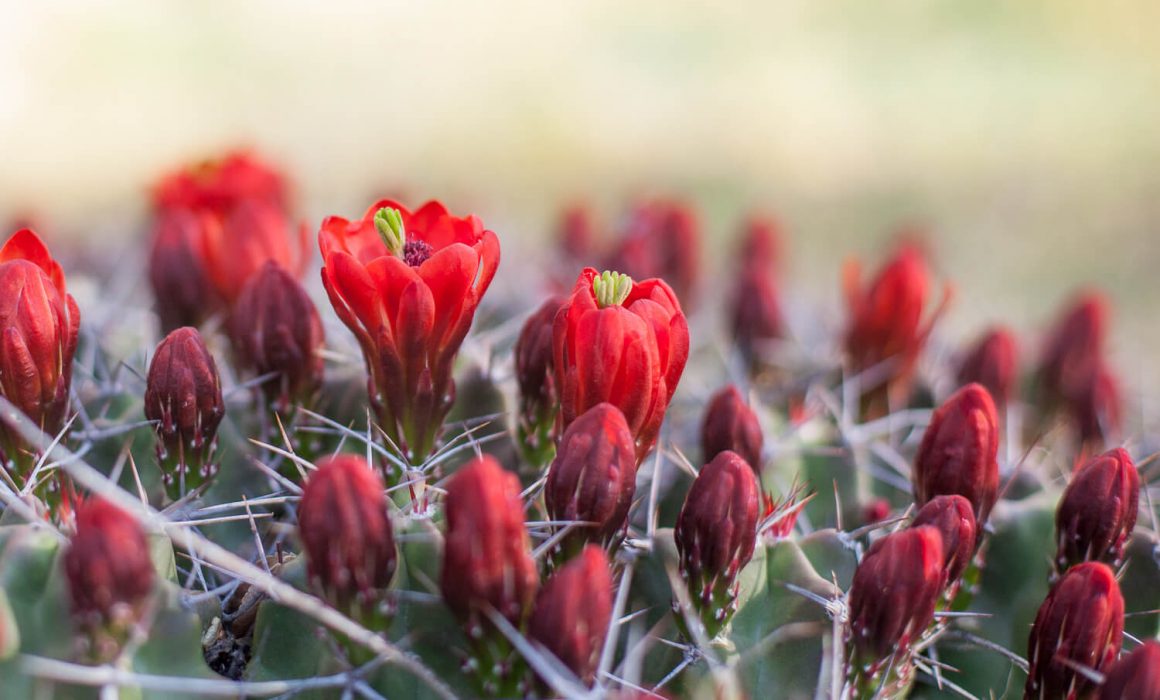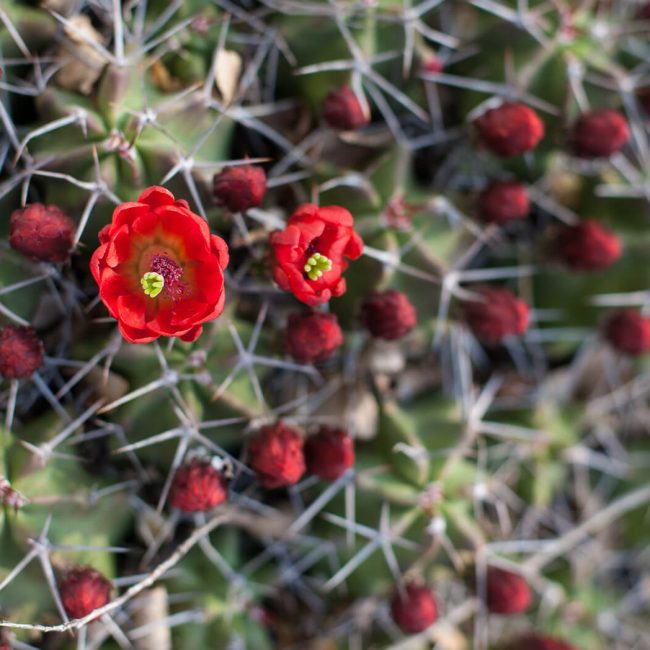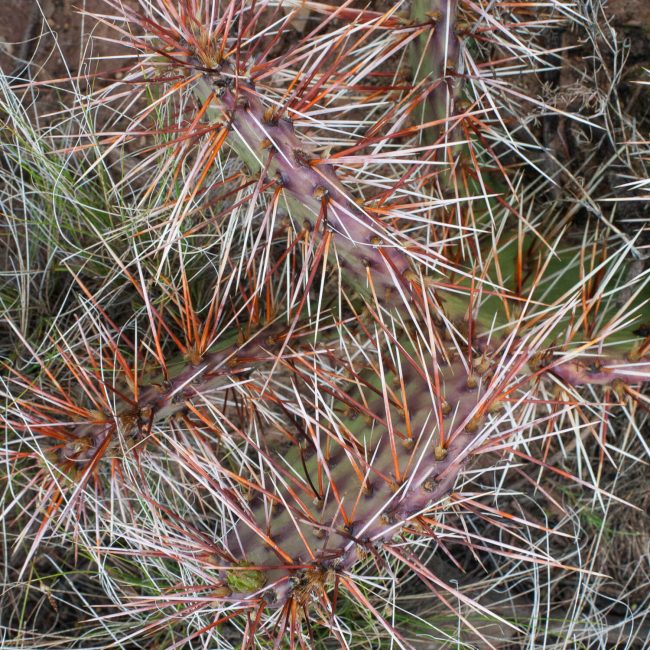Plants of Ghost Ranch, New Mexico
Deserts contain more than just sand dunes and cacti. Remarkable plant adaptations have resulted in a diverse array of habitats in the high desert of northern New Mexico. Silvery green grasses and shrubs carpet the red hills and dark evergreens punctuate the landscape surrounding Ghost Ranch. Mesas and buttes rise up from the desert floor; their crevices and nooks offering tenacious plants a home. Dark mountain vistas loom in the distance; their wetter slopes home to towering ponderosa pine. A visit to Ghost Ranch is an opportunity to explore and learn about the plants of the high desert.
The Habitat:

A path cuts through a grass clearing among the piñon-juniper woodland habitat at Ghost Ranch.
Wildflowers in Bloom:

Rose Heath (Chaetopappa Ericoides)
Thrift Mock Goldenweed (Stenotus Armerioiddes)
Featherplume (Dalea formosa)
Rose Heath (Chaetopappa Ericoides)
Indian Paintbrush (Castillejas spp.)
Navajo Yucca or Bailey’s Narrow Leaf Yucca (Yucca baileyi)
Cactus at Ghost Ranch:
Claretcup, Kingcup Cactus (Echinocereus triglochidiatus)
Cholla Cactus (Cylindropuntia imbricata)
Desert or Tulip Prickly Pear Cactus (Opuntia Phaeacantha)
Hidden among the grasses are the spiny pads of Opuntia Phaeacantha. A low, spreading prickly pear cactus that reaches only 2 to 3 feet in height, it blends in well with it’s surroundings. I observed it growing throughout Ghost Ranch, hidden in the brush along trails or more prominently growing on slopes. I wasn’t fortunate to see any of their spectacular flowers, as they bloom in late spring and early summer.
In the desert, spring is a time of rebirth; the dry and seemingly barren landscape bursts into life. For a fleeting moment, the earth is lush with new growth and beautiful blossoms. It is a remarkable example of the tenacity of plants and their ability to survive and thrive in harsh environments.
















